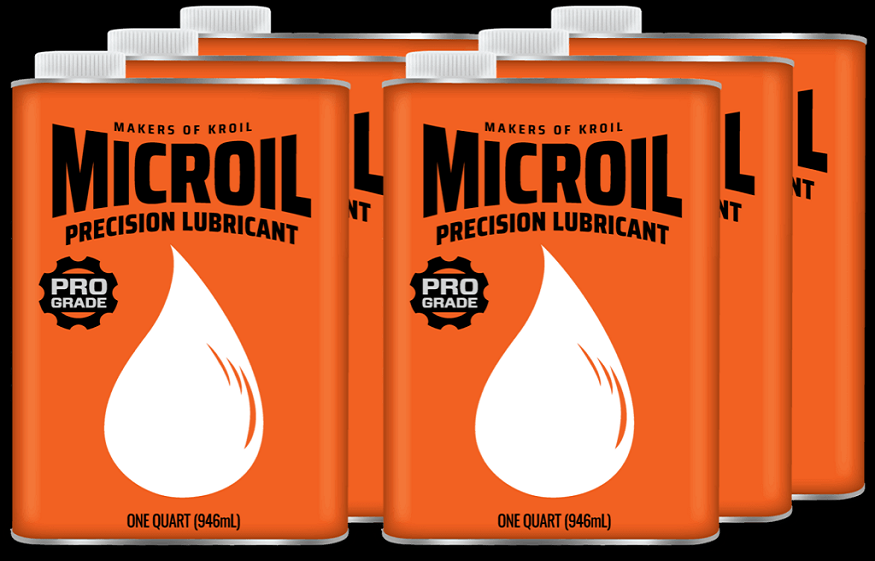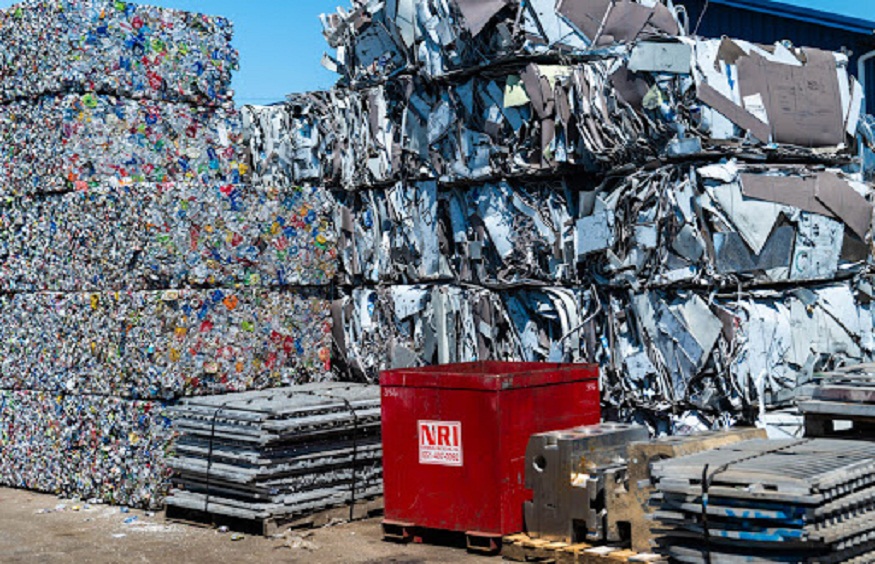Working with metal components, machinery, or household tools often comes with the challenge of rusted bolts, corroded parts, and stuck fasteners. Penetrating oil is a powerful solution that can make maintenance easier, save time, and extend the life of your equipment. Applying it correctly ensures maximum efficiency and prevents damage. This guide provides a step-by-step approach to using penetrating oil effectively on a variety of metal surfaces, including aluminum.
Understanding Penetrating Oil and Its Benefits
Penetrating oil is a thin lubricant designed to seep into small cracks and tight threads where thicker oils cannot reach. Unlike standard lubricants, penetrating oil can loosen rusted bolts and nuts without excessive force. It works by breaking down corrosion and reducing friction between metal surfaces.
Using the best penetrating oil for aluminum or other metal types ensures the oil is safe for delicate surfaces while still delivering superior performance. Some benefits of penetrating oil include
- Loosening rusted or stuck fasteners
- Reducing wear on machinery and tools
- Saving time during maintenance tasks
- Protecting metal surfaces from further corrosion
Understanding these benefits allows you to apply penetrating oil strategically and maximize its effect.
Step One: Identify the Area for Application
The first step is to determine which parts require treatment. Look for
- Rusted bolts or nuts
- Hinges and joints that are stiff
- Metal components that are difficult to move
- Corroded machinery parts
By identifying the problem area, you can focus your efforts on the sections that will benefit most from the penetrating oil.
Step Two: Prepare the Surface
Preparation is crucial for effective penetration. Before applying the oil
- Clean the surface with a cloth to remove dirt and grease
- Remove loose rust using a wire brush or sandpaper
- Wear protective gloves and eyewear to ensure safety
A clean surface allows the penetrating oil to reach the rust or corrosion directly, rather than being blocked by debris.
Step Three: Choose the Right Application Method
Penetrating oil can be applied in different ways depending on the type of component
- Spray application is ideal for bolts, hinges, and other tight spaces
- Dropper or drip method works well for threaded connections and precise areas
- Brush application is effective for larger surfaces with heavy corrosion
Selecting the appropriate method ensures that the oil reaches every crack and thread for maximum loosening power.
Step Four: Apply the Penetrating Oil
Now it is time to apply the oil correctly. Follow these steps
- Apply a generous amount to the rusted or stuck area
- Allow the oil to soak in for several minutes or a few hours depending on the level of corrosion
- Gently tap the area with a small hammer if safe to do so to help the oil penetrate deeper
The best penetrating oil for aluminum requires careful handling to avoid damage to softer metal surfaces while still loosening stuck parts effectively.
Step Five: Loosen Stuck Components
After allowing the penetrating oil to work, it is time to loosen the components
- Use appropriate tools like wrenches or pliers
- Apply steady force without jerking to avoid breaking fasteners
- Reapply penetrating oil if the part remains stuck, and allow more time
Patience is key in this step, as forcing components too early may damage both the fastener and the surrounding metal.
Step Six: Clean and Maintain
Once the stuck parts are loosened, proper cleaning and maintenance extend the benefits of penetrating oil
- Wipe off excess oil with a clean cloth
- Apply a light protective lubricant if the part will be exposed to moisture
- Inspect frequently used components and reapply oil as needed
Regular maintenance prevents rust from reforming and ensures smooth operation of tools and machinery.
Tips for Maximizing Penetrating Oil Effectiveness
To get the most out of penetrating oil, consider the following tips
- Slightly warm metal parts to help oil penetrate deeper if safe
- Apply multiple treatments on heavily rusted areas
- Avoid mixing penetrating oil with water or incompatible cleaners
- Always use high quality oil designed for the type of metal, including aluminum
Following these tips enhances the efficiency of the oil and reduces the effort required to loosen stuck components.
Common Mistakes to Avoid
Even with high-quality penetrating oil, mistakes can reduce effectiveness
- Using too little oil, which prevents penetration into the threads
- Skipping surface preparation
- Rushing the process instead of allowing time for the oil to work
- Using excessive force with the wrong tools
Avoiding these errors ensures the process is safe, effective, and prolongs the life of your metal components.
Penetrating oil is an essential tool for anyone dealing with rusted, corroded, or stuck metal parts. By following this step-by-step guide, you can ensure maximum performance and minimize damage. Proper preparation, careful application, and patience are as important as the oil itself. Choosing the best penetrating oil for aluminum or other metals provides superior penetration and protection, making maintenance tasks easier and more efficient. Incorporating these practices into your routine will help keep your machinery, tools, and metal components in optimal condition for years to come.





